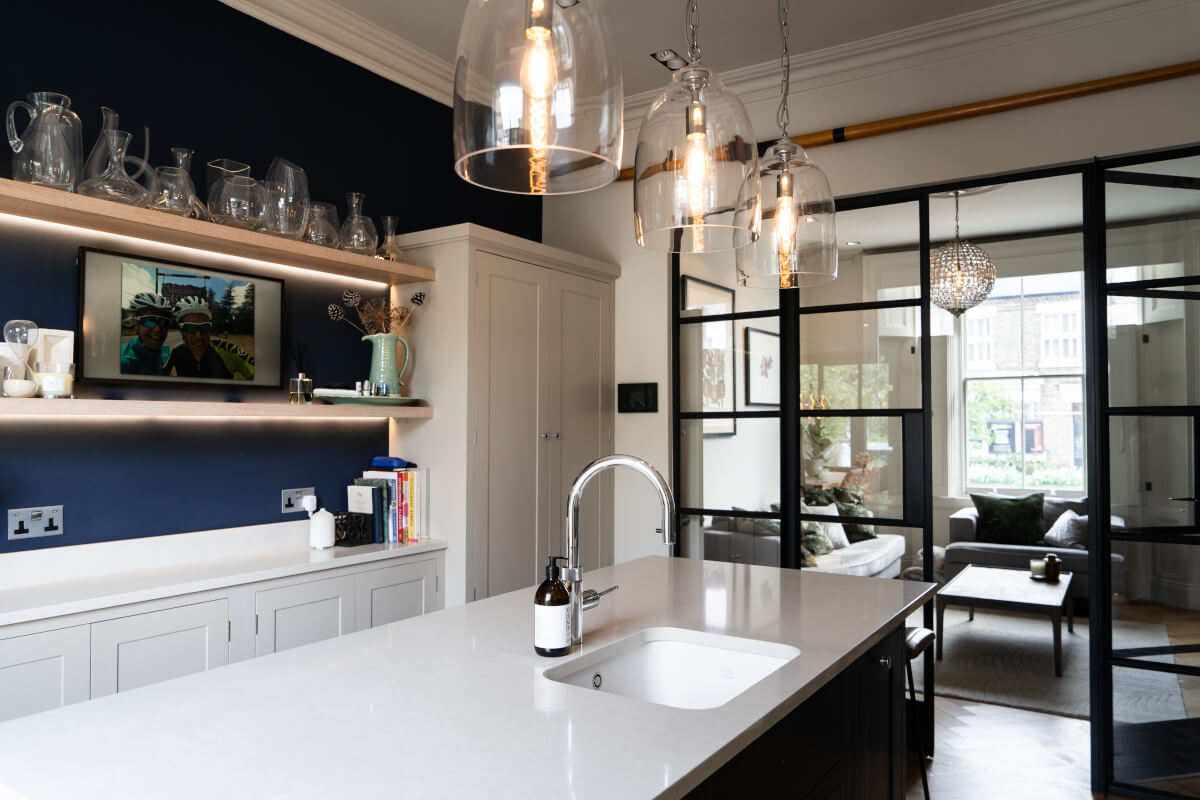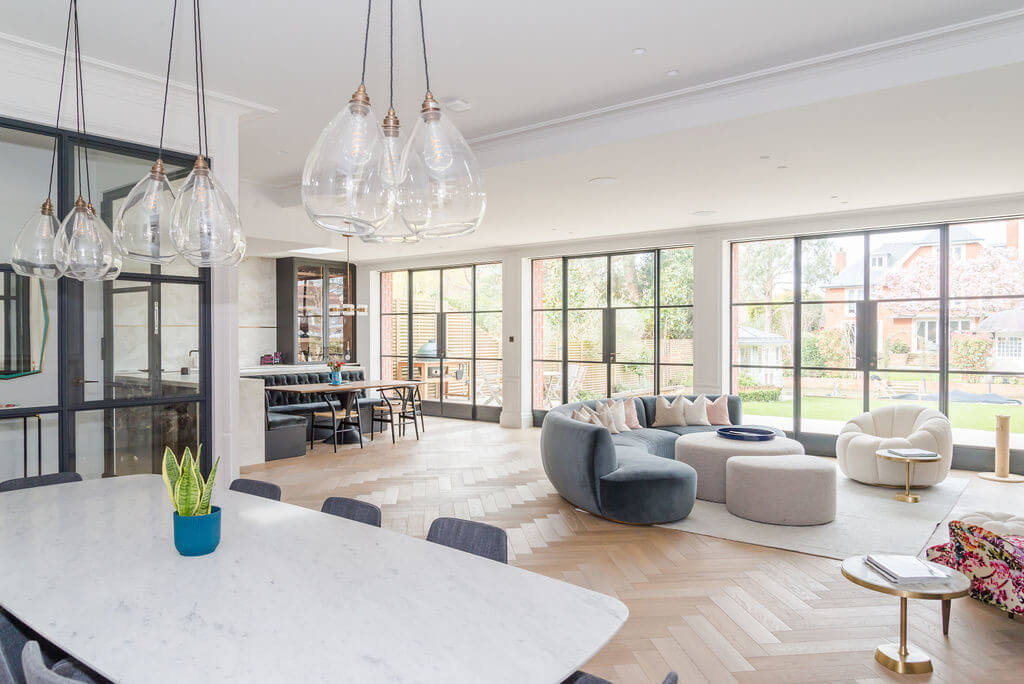Integrating Modern Glazing Into Grade I and II Listed Buildings
- August 7, 2025
- General
Listed buildings tell the story of Britain’s architectural heritage, but they also present unique challenges when it comes to updating them. The key to successful heritage glazing projects lies in understanding the regulations and the technical possibilities available today.
This guide explores how steel glazing (like the Crittall range we offer at Lightfoot) can meet conservation requirements whilst delivering the thermal efficiency and durability that today’s property owners need.
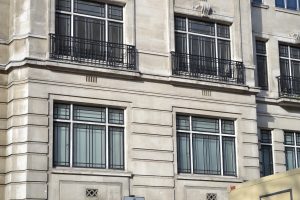
Preserving historical authenticity in protected properties
Grade I and II listed buildings are protected by Historic England and require building consent for any alterations. The vast majority of these properties feature historic interest and special interest that must be carefully preserved.
Property owners of grade I and II listed buildings face a delicate balancing act: how to improve comfort, energy efficiency, and weather resistance without compromising the character that earned these structures their protected status.
Understanding the grading system is crucial for any glazing project:
– Grade I buildings are of exceptional interest (only 2.5% of listed buildings)
– Grade II* buildings are particularly important structures of more than special interest (5.8% of listings)
– Grade II buildings are of special interest (over 90% of all listed buildings)
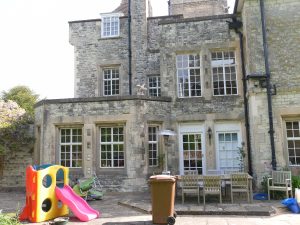
How does glazing affect the historical value of listed buildings?
Glazing can significantly impact the historical value of grade I and II listed buildings. When integrating modern glazing, it’s essential to preserve the original architectural features while ensuring energy efficiency. Thoughtful design choices can improve aesthetics without compromising the building’s historical integrity, maintaining its cultural significance for future generations.
Glazing for grade I and II listed buildings: what to consider
Key considerations for heritage glazing projects include:
- Maintaining original proportions and sight lines
- Preserving traditional materials and finishes
- Respecting the building’s historical significance
- Understanding the building’s architectural period and style
- Considering the impact on neighbouring heritage buildings
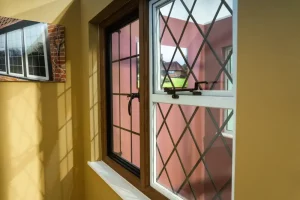
The benefits of modern glazing in older buildings
Historic properties often suffer from poor thermal performance, excessive draughts, and inadequate insulation. Original windows, whilst historically important, frequently fail to meet modern comfort and energy standards.
The reality is that many original windows in historic buildings are single-glazed with basic putty glazing and simple ironmongery. These systems, whilst authentic, can result in significant heat loss and uncomfortable living conditions. The thickness of original glass was often much thinner than modern standards, contributing to poor thermal performance.
The advantages of replacement windows and doors
While solutions are popular among heritage building renovations, replacement windows are often an investment that pays dividends in the long term, protecting listed buildings from damage caused by weather and improving the performance of these historically important buildings.
Thermal efficiency
Contemporary double glazing systems can dramatically reduce heat loss whilst maintaining period aesthetics.
Weather performance
Modern glazing provides superior protection against wind and rain, addressing common issues in older buildings where original glass may be thin or poorly sealed. Modern glazing also prevents moisture ingress that can damage historic fabric.
Durability
High-quality materials and manufacturing techniques ensure longer service life compared to traditional glazing systems. Modern protective coatings and treatments can extend the life of steel frames significantly.
Comfort
Improved insulation and draught reduction create more comfortable living spaces year-round. This can transform previously unusable rooms into comfortable living areas.
Acoustic performance
Modern glazing systems provide better sound insulation, particularly important for historic properties located on busy streets or in urban environments.
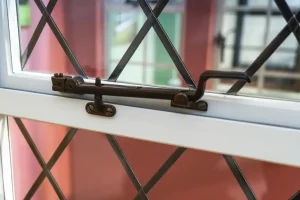
Crittall steel windows & doors: perfect for heritage applications
Steel windows have a unique advantage in heritage applications. The slim profiles and distinctive aesthetics of Crittall systems naturally complement Victorian industrial and Art Deco architecture. This makes them an ideal choice for conservation areas where maintaining authentic appearance is crucial.
Crittall’s heritage extends back to 1884, making their designs historically appropriate for many listed buildings. The company’s windows were widely used in significant architectural projects throughout the early to mid-20th century, including schools, hospitals, and residential developments.
The characteristic narrow frames and structural glass panels replicate the original industrial aesthetic whilst incorporating modern performance features. Unlike modern aluminium systems that may appear too contemporary, Crittall steel windows maintain the authentic proportions and visual weight that conservation officers value.
Key heritage benefits include:
- Authentic Victorian and Art Deco styling with proven historical precedent
- Slim profiles that maintain original proportions and sight lines
- Available in traditional finishes including heritage colours and green tint options
- Compatible with period architectural details and existing masonry
- Proven track record in conservation projects across the UK
- Hot-dip galvanised steel construction provides longevity
- Can accommodate varying glass thickness to match original specifications
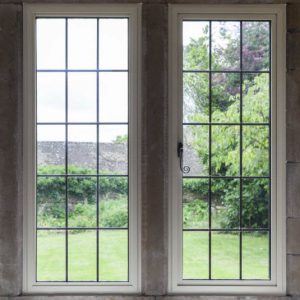
Modern performance meets heritage requirements
Today’s Crittall systems combine historical authenticity with contemporary performance standards.
- Modern manufacturing techniques allow for significant improvements in thermal efficiency without altering appearance
- Advanced powder coating systems provide superior durability compared to traditional paint finishes
- Double glazing can be incorporated within traditional frame profiles, providing excellent insulation whilst maintaining authentic sight lines
- The glazing units can be specified with different glass types to suit specific requirements, including low-iron glass for maximum clarity or laminated options
- Advanced aluminium thermal breaks and modern glazing technology deliver performance levels
Lightfoot Windows: your Crittall heritage glazing specialists
At Lightfoot Windows, we’re the UK’s premier Crittall specialist, with unparalleled experience in heritage applications. Our team has worked on numerous heritage projects, from small residential properties to major institutional buildings.
We supply both internal and external systems, including the popular Homelight range for residential applications, the robust W20 and W20 TE systems for commercial projects, and the innovative Innervision sliding doors that create stunning room divisions whilst maximising natural light flow.
All our products are available in authentic finishes including the iconic black steel, custom RAL colours, and traditional heritage options, ensuring perfect integration with your listed building’s existing character.
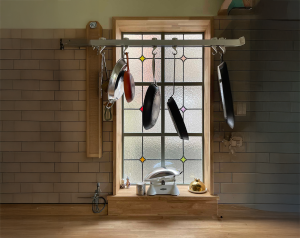
Transform listed buildings with modern glazing solutions: contact us today for a free estimate
Integrating modern glazing into grade I and II listed buildings requires specialist expertise and authentic materials.
Our manufacturing capabilities include bespoke solutions for unusual configurations or specific heritage requirements. We can often provide exact replacements for damaged or deteriorated windows.
Ready to discuss your heritage glazing project? Contact our experts today through our online contact form, call 020 8662 9090, or email general@lightfootwindows.co.uk.
Want to get a quick estimate on new Crittall windows? Simply visit our ‘Get An Estimate‘ page and fill out the required information, and one of our friendly experts will get back to you within 48 hours.


